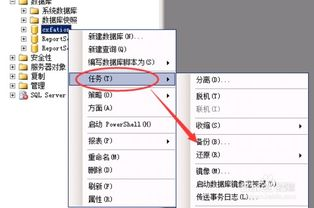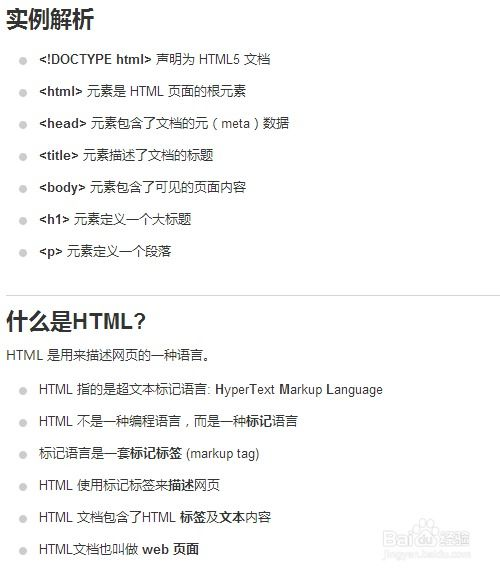ASP.NET XML to JSON Formatting
Understanding XML and JSON Formats
XML (eXtensible Markup Language) and JSON (JavaScript Object Notation) are two data formats widely used for data interchange. XML is primarily used for storing and transporting data while allowing for a hierarchical structure. JSON, on the other hand, is lightweight and easier to read, making it ideal for web applications. One common scenario in ASP.NET applications is the need to convert XML data into a JSON format suitable for APIs and web services. This conversion allows for a more efficient data exchange, especially when interacting with JavaScript-based frameworks.
Step-by-Step Conversion Process
To convert XML to JSON in ASP.NET, you can use the Newtonsoft.Json library, which provides an easy and straightforward way to accomplish this transformation. First, ensure that you have the library installed in your project. You can do this via NuGet Package Manager. Once installed, follow these steps:
1. Load the XML Document: Begin by loading your XML data using the XDocument class from the System.Xml.Linq namespace. This class provides an intuitive way to parse XML documents.
2. Convert XML to JSON: Utilize the `JsonConvert` class from the Newtonsoft.Json library. The method `JsonConvert.SerializeXNode()` can be employed to convert the loaded XML document to a JSON string.
3. Handle the Output: Finally, you can output the resulting JSON string, which can be returned or used as needed within your application.
Sample Code for Conversion
Here’s a simple example illustrating these steps:
```csharp
using System.Xml.Linq;
using Newtonsoft.Json;
public class XmlToJsonConverter
{
public static string ConvertXmlToJson(string xmlInput)
{
XDocument xmlDoc = XDocument.Parse(xmlInput);
string jsonOutput = JsonConvert.SerializeXNode(xmlDoc, Newtonsoft.Json.Formatting.Indented);
return jsonOutput;
}
}
```
In this code snippet, we define a method that takes an XML string, converts it to a JSON string, and returns it. The output is formatted to be easily readable.
Practical Applications of XML to JSON Conversion
Converting XML to JSON is particularly useful in various scenarios:
- When integrating third-party APIs that provide data in XML format but require JSON for processing.
- In web applications where JSON is the preferred format for client-server communication due to its lightweight nature.
- For mobile applications that consume data from server endpoints, enabling easier parsing and data handling.






